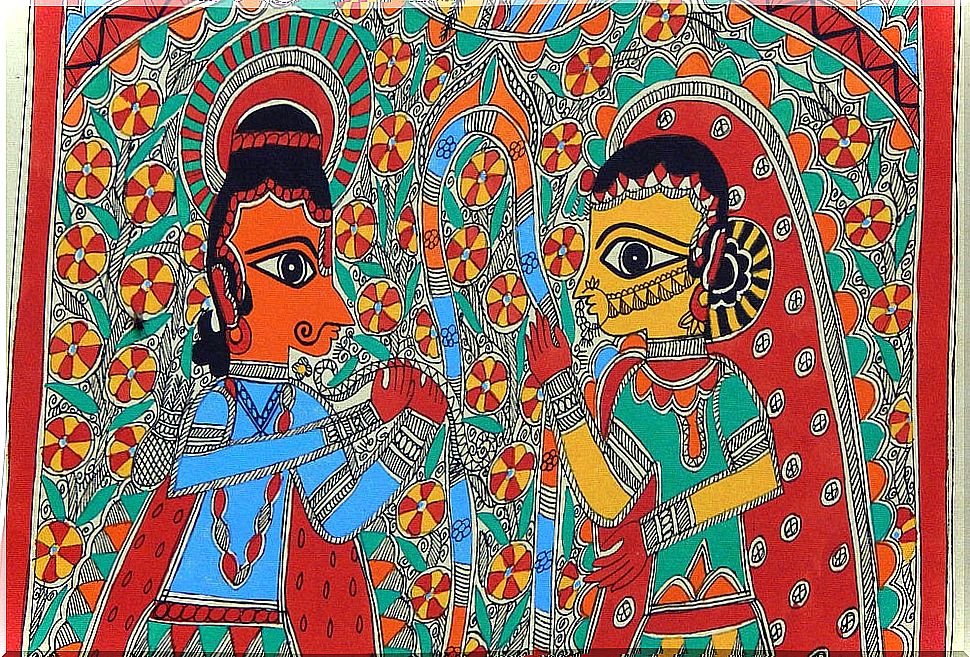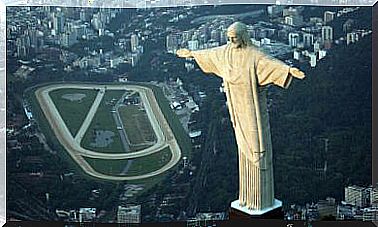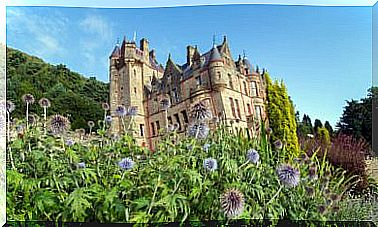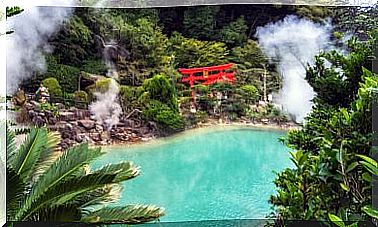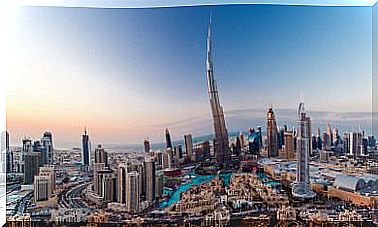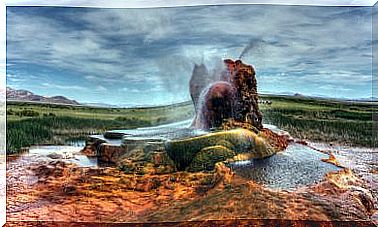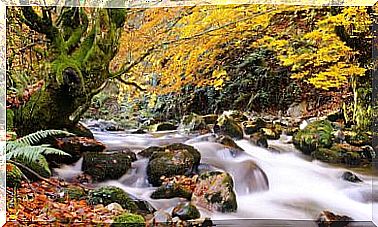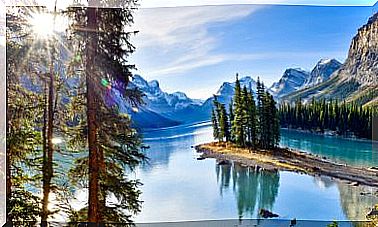Main Characteristics Of Hindu Art
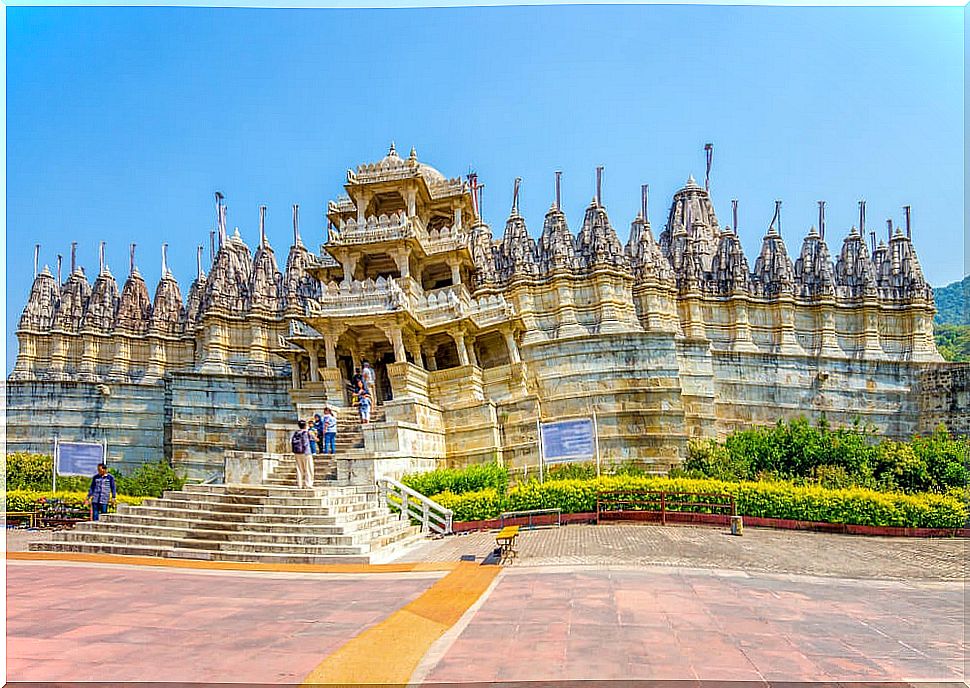
Marveling at Hindu art is reason enough to plan a trip to India. Of course, we are talking about a gigantic country that is often called a subcontinent, therefore, it is impossible to cover the variety of this culture in a single experience.
Likewise, it is very difficult to describe accurately the diversity of Hindu art. However, in the following lines we are going to give you an approach to this fascinating subject.
Hindu art, a religious art
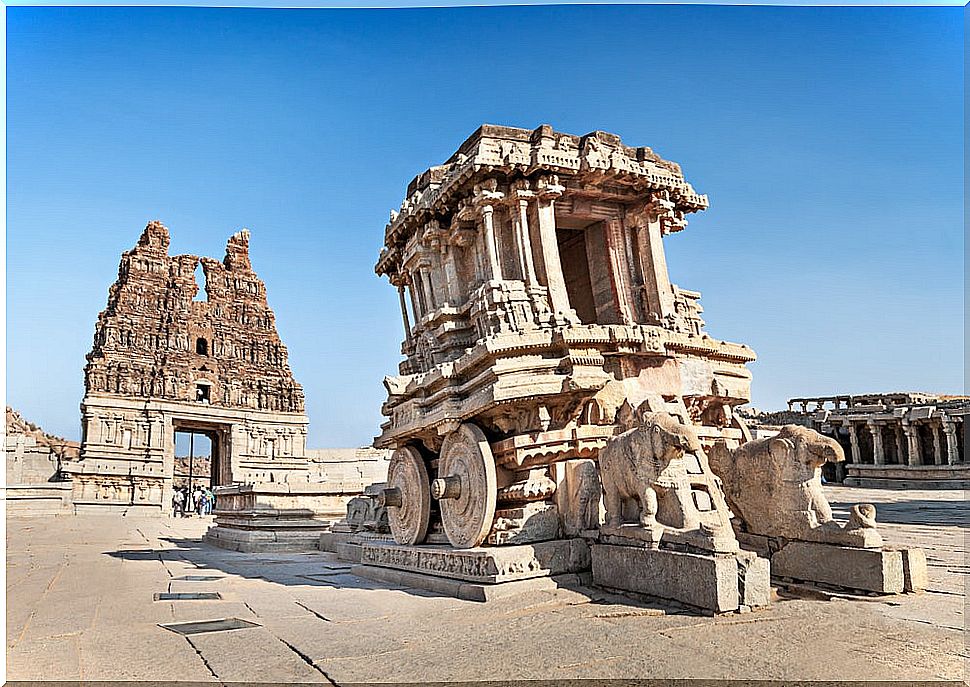
The first thing to keep in mind to get closer to the richness of Hindu art is that we are talking about cultural manifestations almost always linked to religious beliefs. And the religions in India are various, each one more peculiar. For this reason, on many occasions this is the first defining element of certain constructions, sculptures or paintings.
And also an art closely linked to nature
If religion is key to understanding Hindu art, the same can be said for nature. In reality, for that culture, animals, trees, mountains or rivers have always had something sacred.
For that reason, when all these elements are represented in art, they are not just simple settings or characters. On many occasions, there is some reverence towards that nature.
Manifestations of Hindu art
The temples
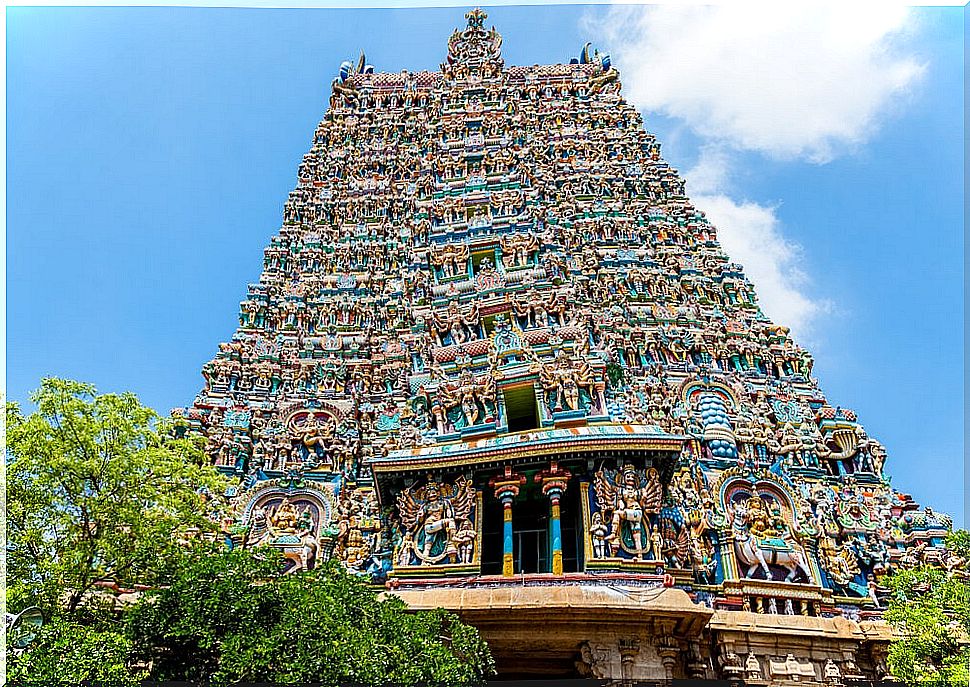
One of the things that most fascinate travelers in India is its incredible temples. There are some that are authentic gems of architecture, such as the Brihadisvara temple.
We could mention many other wonderful constructions, many of them can be visited. Of course, always with respect, since they are places of worship for believers of various religions. Something that also manifests itself in its various forms, since there may be pagodas, stupas, mosques, underground temples or gopuras, such as those of the incredible Meenakshi Amman temple.
The palaces of India
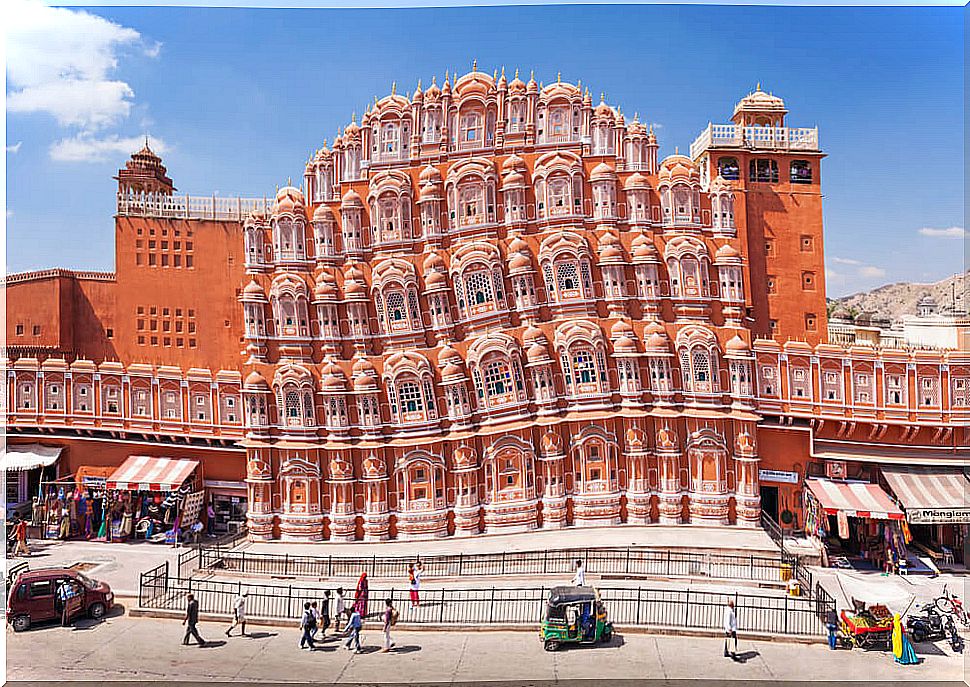
However, when we talk about architecture, not all of it has a religious character. There are also wonderful civil constructions in the form of palaces, which are authentic jewels of Hindu art.
We cannot forget that for centuries the great India was subdivided into countless independent territories ruled by rich Maharajas who had lavish residences built for themselves. We can see many across India, but if we want to see some of the best palaces, the recommendation is to visit Jaipur, the pink city.
Sculpture, another example of Hindu art
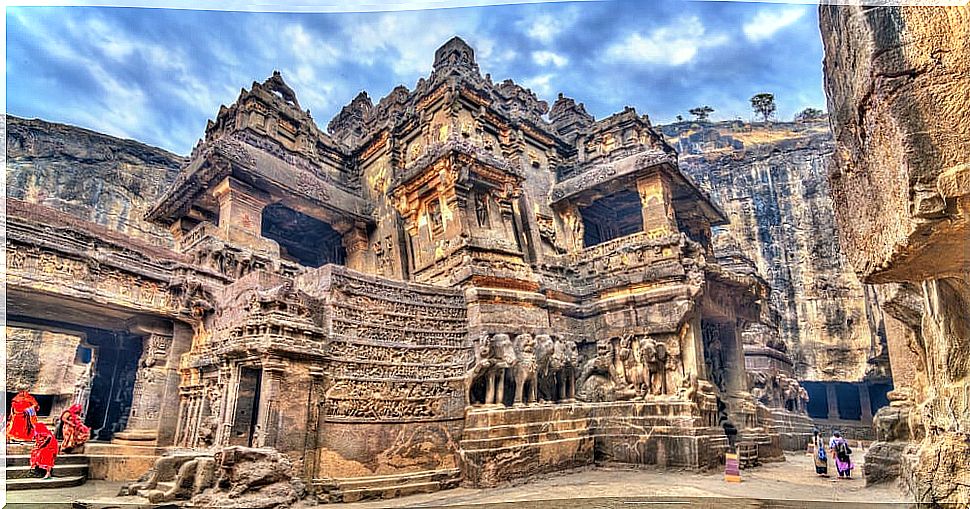
We return to speak of Hindu art in its religious aspect, since historical sculpture would be inconceivable without that context. Any of the temples that we have named and many others not only marvel at their architectural forms, locations or dimensions. Perhaps the most striking thing is that the temples become a gigantic support for sculpture and reliefs.
The variegation of hundreds, even thousands of sculptures, is a common note. It is, above all, in Hindu constructions. And they are always representations that express enormous respect, at the same time that great creative freedom is breathed. It is enough to see sets with the Ellora temples.
And we must not forget that one of the great surprises of tourists in India when they visit certain religious venues is that erotic, almost pornographic scenes abound. After all, we are in the country of the Kama Sutra.
Painting and drawing in India
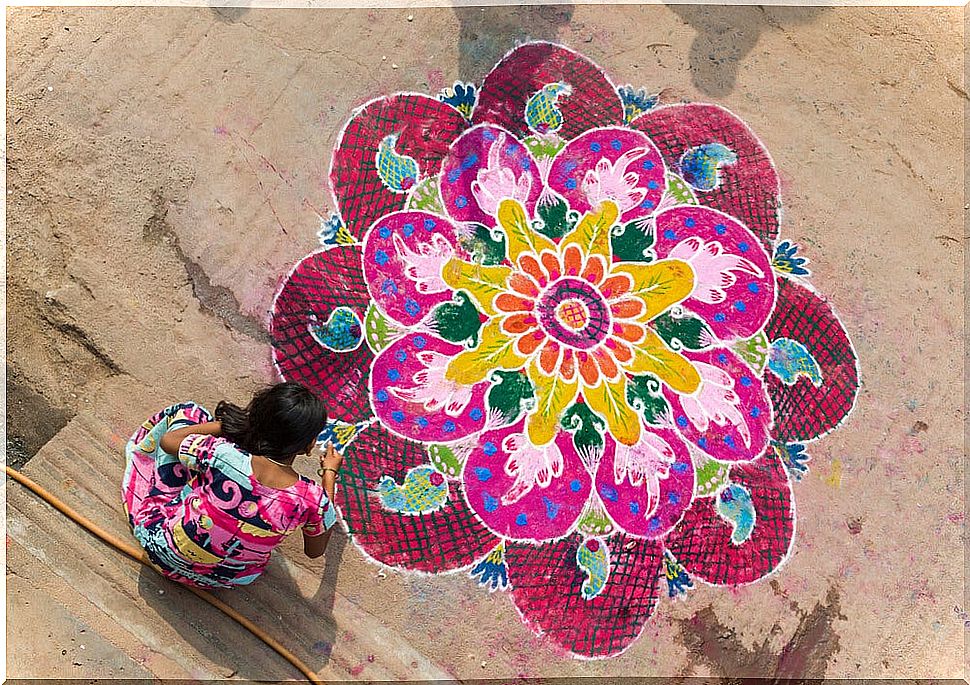
In Hindu art we would have to consider certain manifestations such as music or jewelry as major arts. Since we have named the Kama Sutra, we will end our review by mentioning its drawings and paintings. This book of eroticism is a masterpiece of world art and, of course, it is an emblem of drawing in India.
There is another element that we can relate to Hindu art, the mandalas. Although today you can buy them as a souvenir , originally they were drawings created with a therapeutic and medicinal purpose. And the truth is that in this type of representations they meet a large part of the characteristics of Hindu art.
It is an art that always tries to be very expressive, that is not afraid of repetition, that seeks technical mastery and also the state of creative grace. An art that, as we said at the beginning, is different and immense. Practically endless for travelers!
